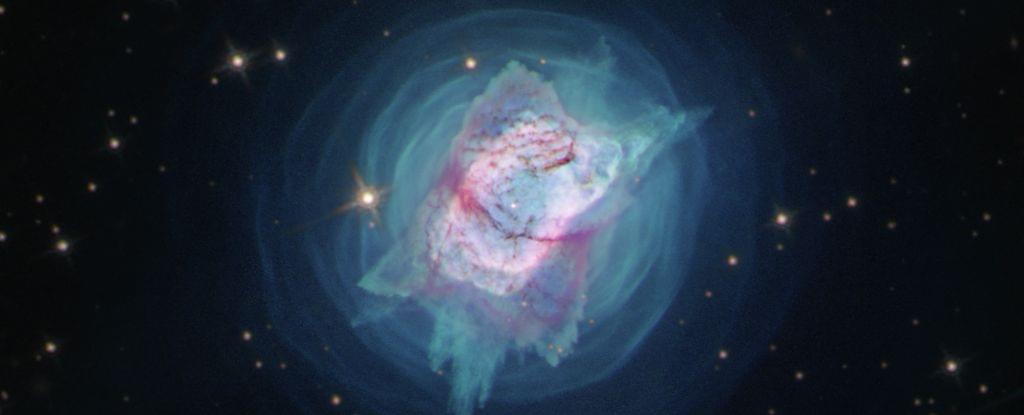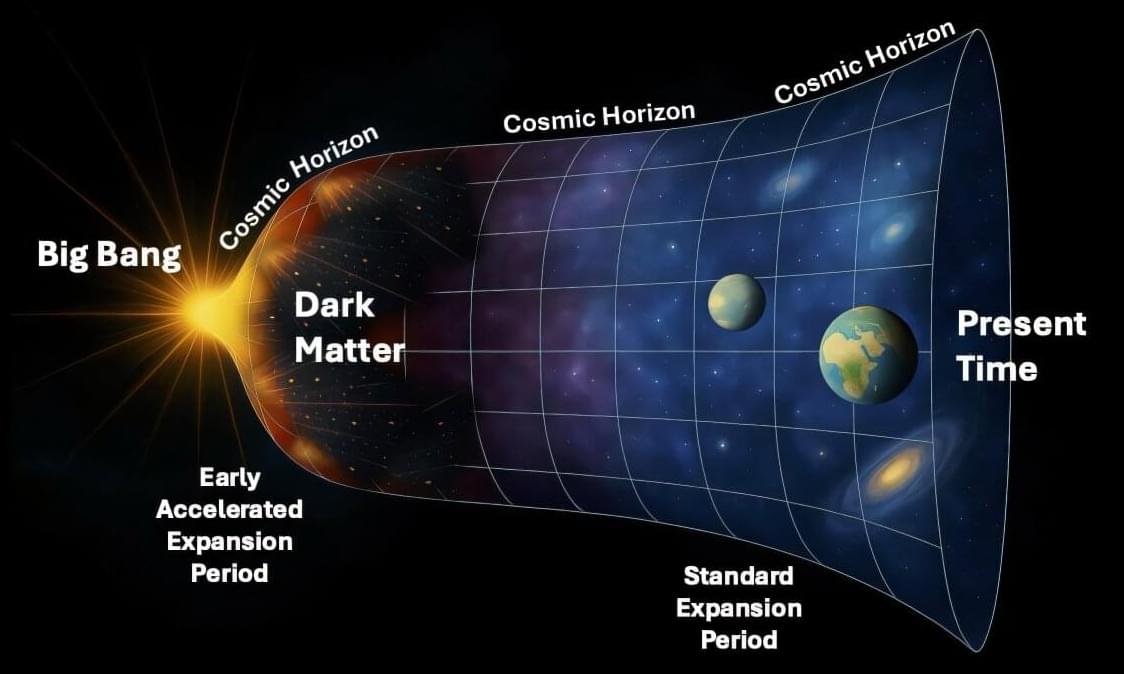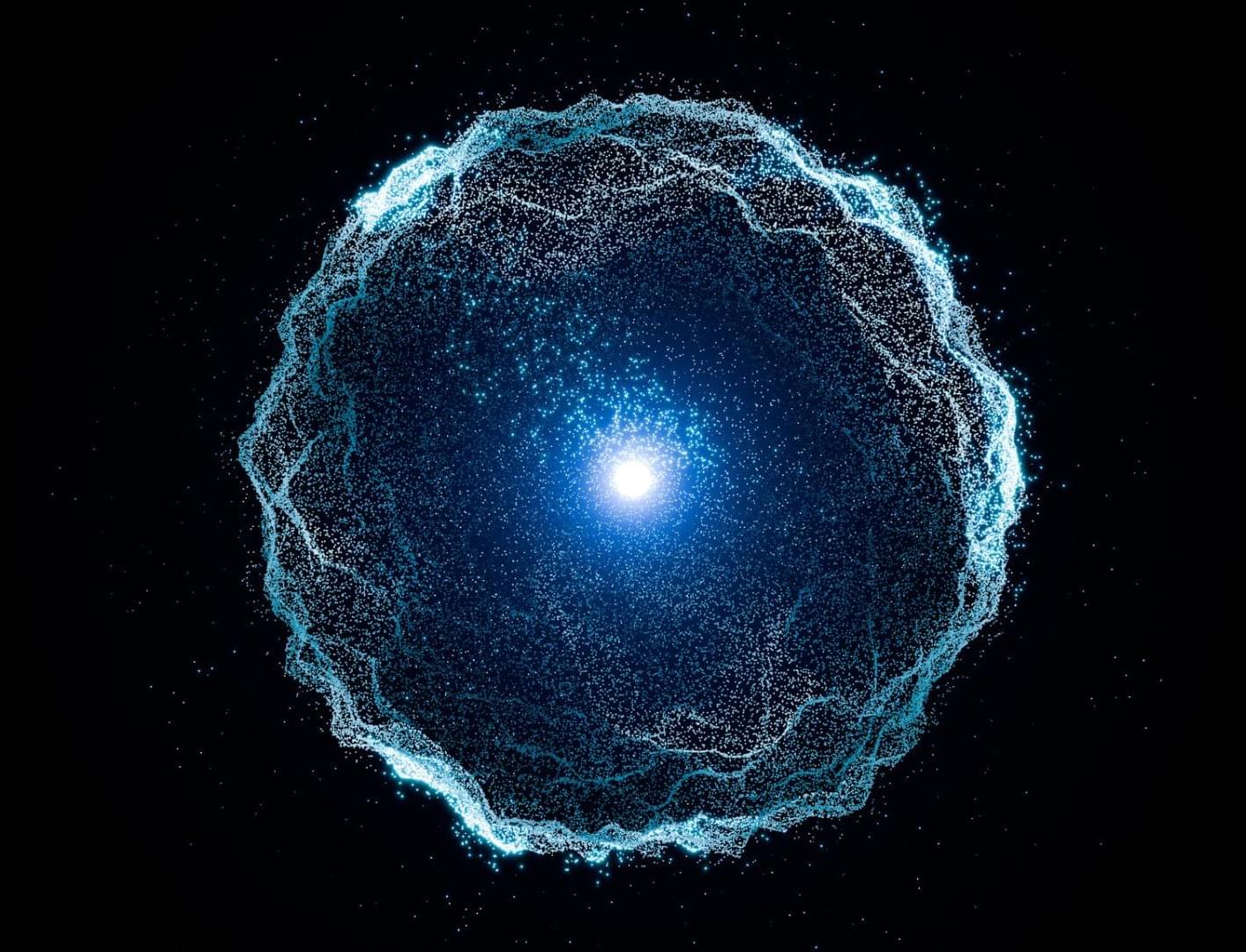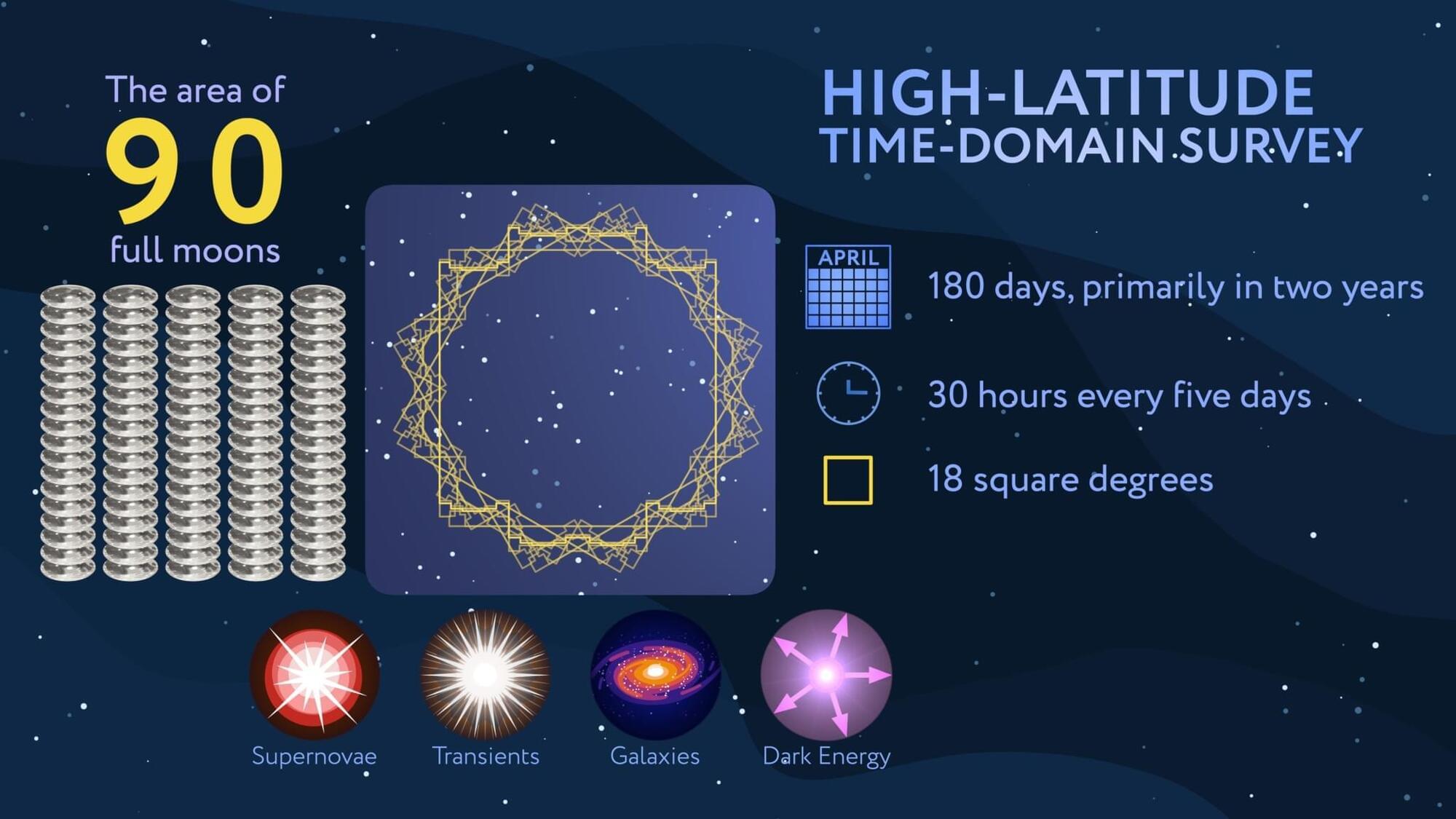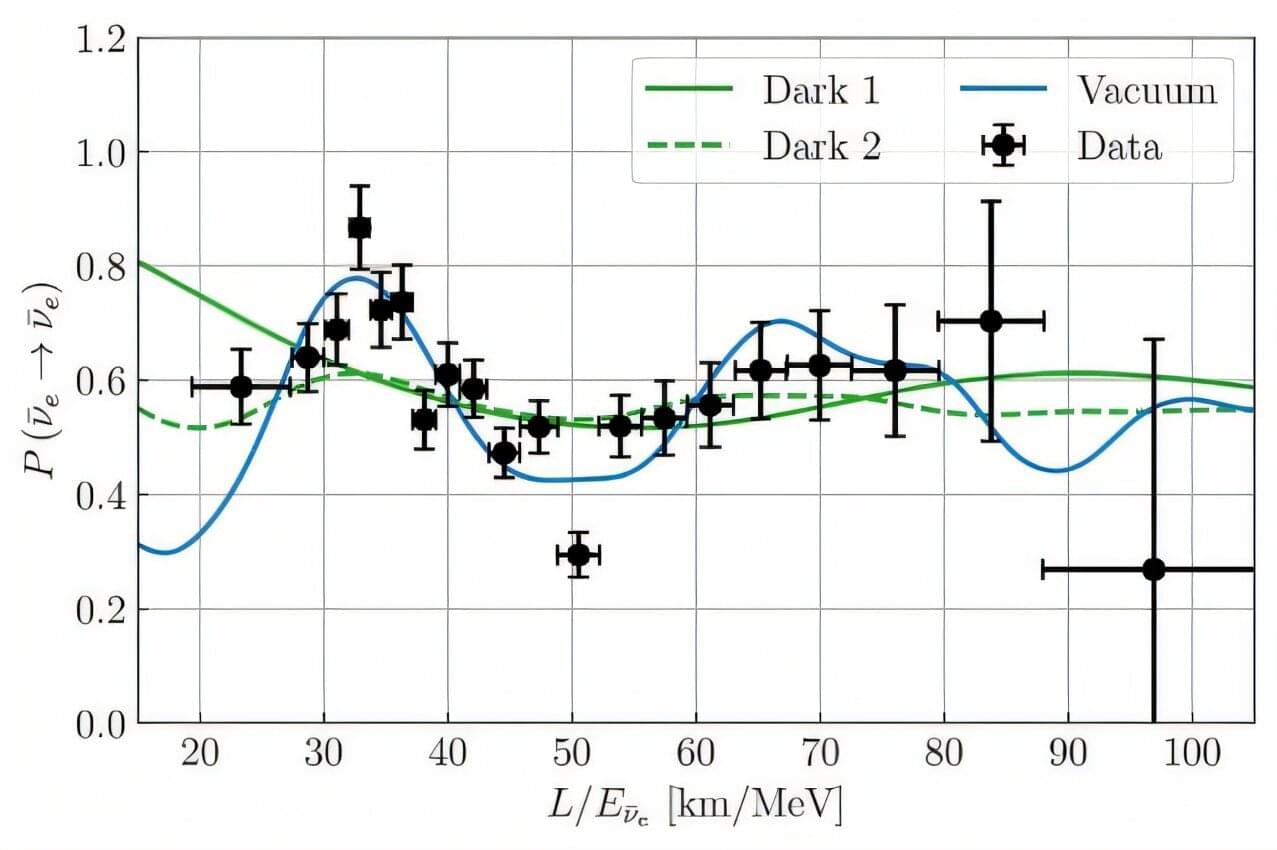The first chemical reactions in the wake of the Big Bang have been recreated for the first time in conditions similar to those in the baby Universe.
A team of physicists led by Florian Grussie of the Max Planck Institute for Nuclear Physics (MPIK) in Germany has reproduced the reactions of the helium hydride ion (HeH+), a molecule made from a neutral helium atom fusing with an ionized atom of hydrogen.
These are the first steps that lead to the formation of molecular hydrogen (H2), the most abundant molecule in the Universe and the stuff from which stars are born. The new work, therefore, elucidates some of the earliest processes that gave rise to the Universe as we know it today.
